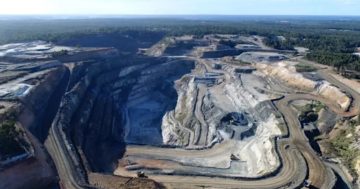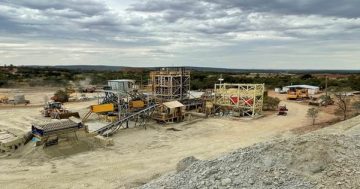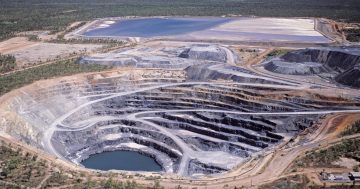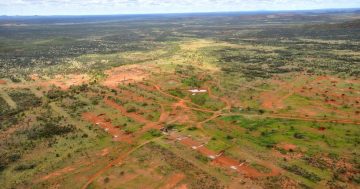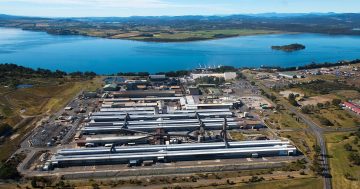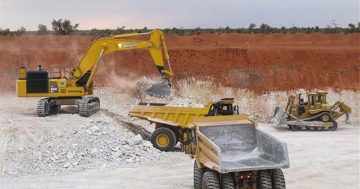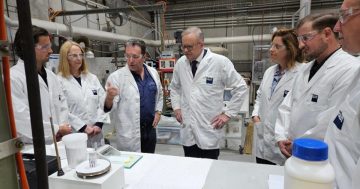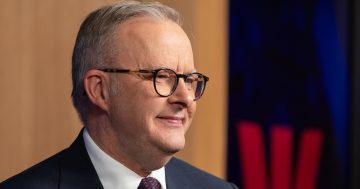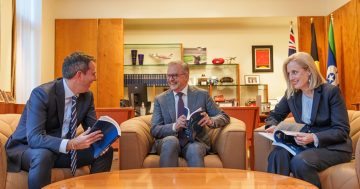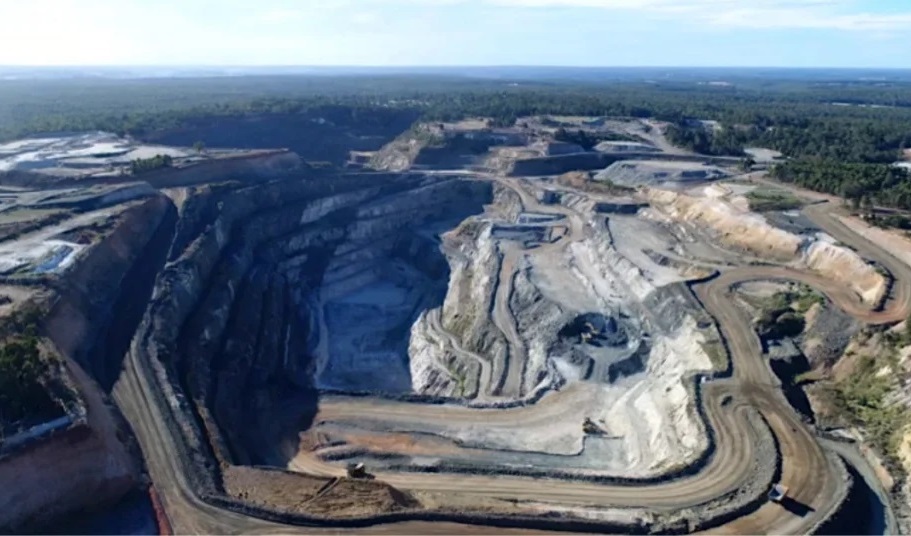
The Greenbushes mine in Western Australia is the world’s largest lithium mine. Photo: Talison Lithium.
Following the June release of the 2023-30 Critical Minerals Strategy, the government has initiated a review of Australia’s Critical Minerals List so that it can form a plan to support the sector’s growth and ensure Australia gets a share of the global minerals supply chain.
The strategy was designed as a framework to grow Australia’s critical minerals sector as these and other resources grow increasingly important to the development of advanced technologies.
Some of these metals include lithium, which is vital for the development of new batteries for electric vehicles and for solar panels; cobalt, which is used in precision machinery such as wind turbines and other clean energy power generators; and rare earth metals, which are used in various areas including quantum computing, advanced microchips and circuitry, and miniaturised sensors.
Australia is the world’s largest producer of lithium and has the largest lithium mine in the world at Greenbushes in WA. It is also the world’s third-largest producer of cobalt and the fourth-largest source of rare earths.
In fact, the value lithium industry will likely challenge thermal coal within the next half decade as Australia’s most valuable mining commodity.
But central Africa, China, Canada, Russia and Chile are also growing sources of critical metals, so the government is therefore keen to invest and incentivise investment in Australia’s supply chains.
“The international investment landscape is shifting rapidly as governments around the world race to incentivise investment in diversifying and expanding critical minerals supply chains,” Minister for Resources and Northern Australia Madeleine King said at the strategy launch.
“Recent announcements from the US and EU aim to drive historic investments in clean energy supply chains, turbocharge its decarbonisation efforts and transform the environment for businesses globally.
“The Australian Government is working with industry and communities to enable this. We are also working with international partners to help projects link to emerging markets in countries like the United States, the United Kingdom, Japan, Korea, India, the European Union and its member states.”
In a 28 July release, Ms King said updating the current Critical Minerals List would ensure the government could support the industry’s development and help Australia to work with international partners to build stronger global supply chains.
“Reviewing and updating our Critical Minerals List will help Australia capitalise on our amazing potential to create new industries and new jobs around our rich geological endowment and build on our record as a stable and reliable resources and energy exporter,” she said.
“Building a strong and reliable critical minerals sector will help Australia and the world achieve net zero emissions, while creating thousands of new jobs and supporting economic growth for decades to come,” she added. “The path to net zero runs through Australia’s resources sector.”
The current list, which was last updated in March 2022, includes 26 minerals.
Original Article published by Andrew McLaughlin on Riotact.


